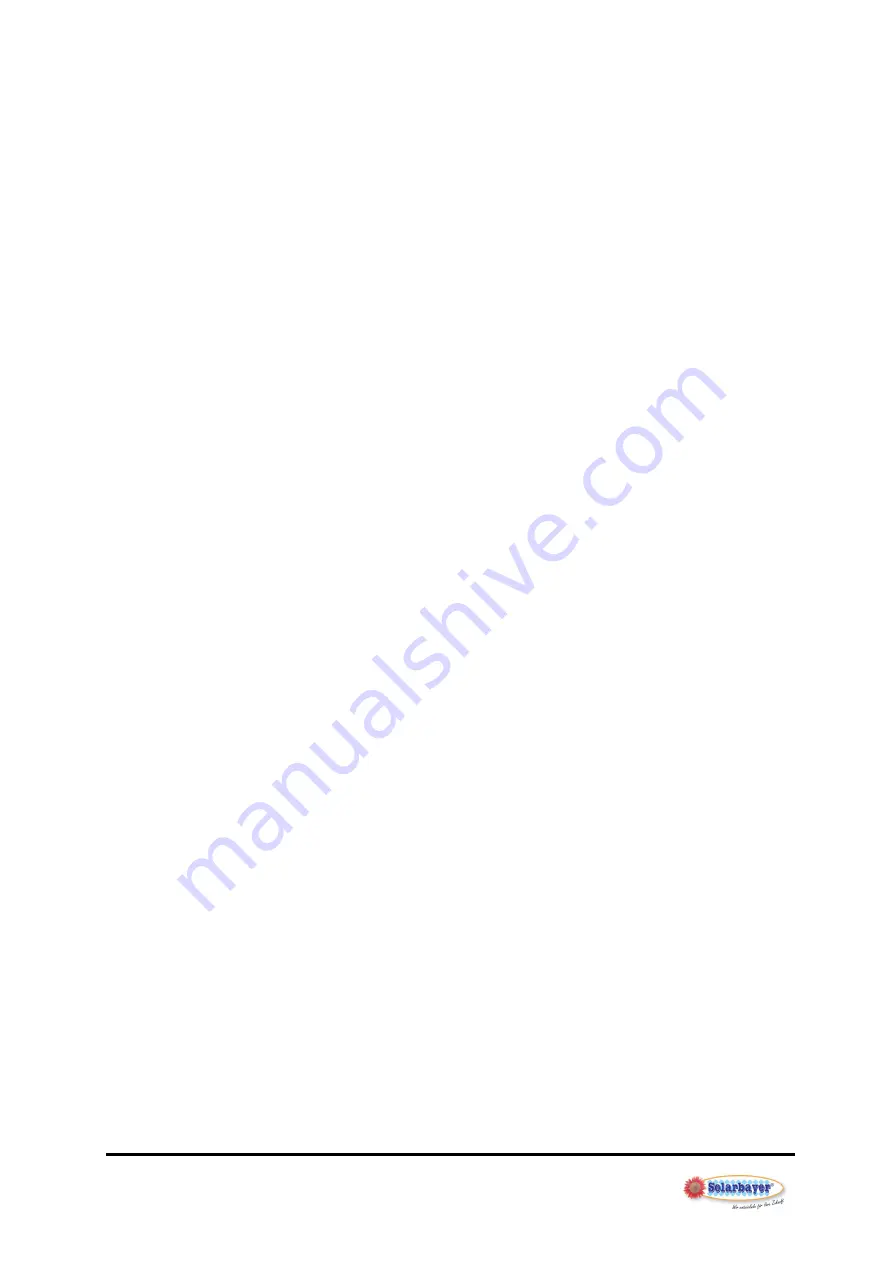
Code no.
907.40.62
Dated 10/2015
- 34 -
8
M a i n t e n a n c e / s e r v i c e
The manufacturer recommends having the system serviced annually by authorised,
specialist personnel.
8.1
Cleaning the heat exchanger
Regularly clean the unit if deposit build-up can be expected due to unfavourable water quality
(e.g., extremely hard water or pronounced soiling). Cleaning maintains the flow rates in the
event of scale deposits, but it also reduces the service life.
There is the option of cleaning the unit by flushing it.
Flush the heat exchanger in the direction opposite to the normal flow direction using a
suitable cleaning solution.
Make sure any chemicals used for cleaning are suitable for stainless steel, copper or nickel.
Non-compliance may result in permanent damage to the heat exchanger! Always observe
the cleaning agent manufacturers' safety instructions and recommendations. Use only
chloride-free water or water with a low chloride content and water hardness for cleaning
solutions. Choose the cleaning agent to match the type of contamination and resistance of
the heat exchanger plates. It is important to obtain confirmation from the cleaning agent
manufacturer that the cleaning agent will not cause corrosion of the heat exchanger plates to
be cleaned. Clean the heat exchanger as per the cleaning agent manufacturer's work
instructions.
Neutralise any remaining acids in the system after cleaning; passivate all metal surfaces.
Passivation is mandatory to prevent any development of corrosion.
Always rinse the clean heat exchanger and system using a sufficient amount of fresh water.
Summary of Contents for FRIWA 50
Page 2: ...Deutsch...



































